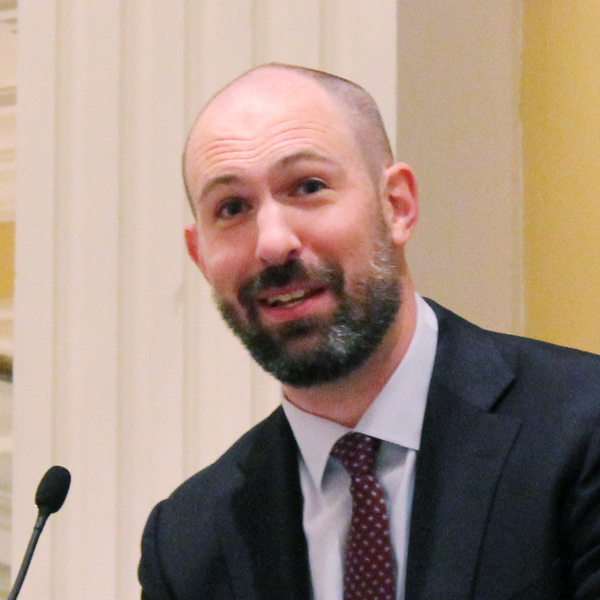MISO’s 2022 transmission planning portfolio cleared its first vote before the Board of Directors, though some stakeholders have lodged complaints over the package.
During a teleconference Tuesday, the board’s System Planning Committee voted unanimously to send the $4.3 billion, 382-project 2022 Transmission Expansion Plan (MTEP 22) to a full board vote in early December.
MTEP 22 earned just four votes in favor of recommendation and five abstentions from MISO’s 11 stakeholder sectors. (See Stakeholders Endorse MISO’s Final MTEP 22.) The Transmission Developers sector voiced complaints over a lack of a meaningful project alternative process, while the Environmental sector said MTEP planning cycles need to incorporate more preparation for grid-enhancing technologies, increasingly common extreme weather events and advance notice when transmission owners’ age and condition projects are going to come due.
The Environmental sector also said it had concerns over MISO’s wording in MTEP 22 that carbon-reduction goals alone are driving the footprint’s resource transition and that gas generation can help navigate the changeover.
Vice President of System Planning Aubrey Johnson said the “vast majority” of projects to address age and condition of existing equipment — which represent the largest spending share of MTEP 22 — are not conducive to alternative project proposals. He said lower-voltage lines simply need replacement in many cases.
Johnson said MISO believes it has a comprehensive and transparent planning process and that he didn’t notice members taking exception to any projects in particular. He said MISO’s separate long-range transmission planning process resolves many of the Environmental sector’s concerns over MTEP being too shortsighted.
Some members have asked if the vote tally was concerning to MISO and whether the RTO needs to reassess this year’s transmission spending package.
“I think the vote indicates that many feel that there’s still a need to improve the MTEP report,” Clean Grid Alliance’s Natalie McIntire told board members. She said MISO should remove MTEP 22’s references to natural gas generation being able to provide a reliable backstop to renewable generation’s output and that the RTO needs to keep with its practice of being resource agnostic.
But Prairie Power’s Karl Kohlrus said MISO hasn’t adequately factored in its planning how removal of all Illinois’ fossil generation by 2045 under the state’s Climate and Equitable Jobs Act will affect system reliability.
“MISO is heading for a major train wreck,” he warned.
Kohlrus has previously said during planning meetings that he was concerned that the RTO isn’t reflecting enough future baseload retirements in its 20-year models used for transmission planning.
Johnson said stakeholders’ comments are expected, given the accelerating resource shift.
MISO Director Nancy Lange said MISO’s review of age and condition projects should consider “factors that all these regions are grappling with.”
Johnson said transmission projects related to age and condition and load growth provide the foundation for long-range transmission planning to accommodate the resource transition. He said there’s “a lot of connective tissue” between MTEP and long-range transmission planning.
“We’re in a state of transition right now. It’s taking a tremendous amount of effort from all parties to do this foundational work,” he said.
“It’s not surprising that we’re having a lot of differences of opinion,” MISO Director Phyllis Currie said, adding that the board and MISO take stakeholders’ concerns seriously.
During an Advisory Committee teleconference Oct. 26, the Union of Concerned Scientists’ Sam Gomberg asked if MISO was weighing whether to open an inquiry into MTEP 22’s scant support to avoid conflict with approving the transmission package later this year.
“It’s certainly something that raised my eyebrows, personally,” Planning Advisory Committee Chair Cynthia Crane said.
WEC Energy Group’s Chris Plante also said he thought the voting results were “concerning.”
MISO Senior Director of Transmission Planning Laura Rauch said the comments explaining why some MISO sectors withheld support of the plan are “helpful.”
Rauch said the vote “did not mean stakeholders weren’t active and engaged” in this year’s planning process. She said MISO looks for ways to continually improve the MTEP process.
